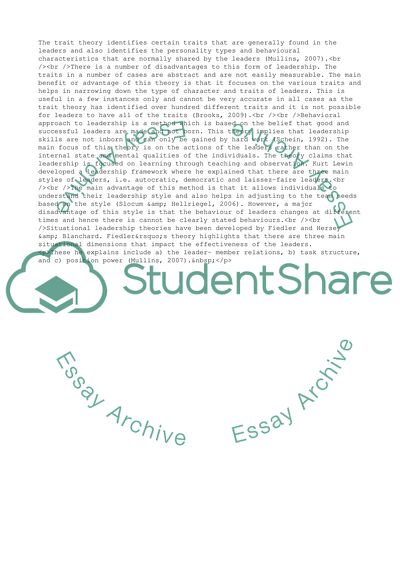Cite this document
(Advantages and Disadvantages of the Style of Leadership Assignment, n.d.)
Advantages and Disadvantages of the Style of Leadership Assignment. https://studentshare.org/management/1745063-3-leadership-essay-questions
Advantages and Disadvantages of the Style of Leadership Assignment. https://studentshare.org/management/1745063-3-leadership-essay-questions
(Advantages and Disadvantages of the Style of Leadership Assignment)
Advantages and Disadvantages of the Style of Leadership Assignment. https://studentshare.org/management/1745063-3-leadership-essay-questions.
Advantages and Disadvantages of the Style of Leadership Assignment. https://studentshare.org/management/1745063-3-leadership-essay-questions.
“Advantages and Disadvantages of the Style of Leadership Assignment”. https://studentshare.org/management/1745063-3-leadership-essay-questions.


